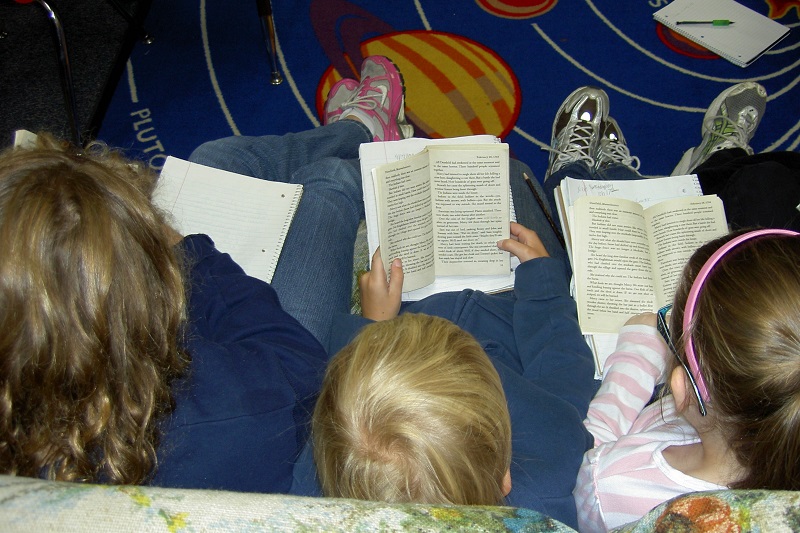On Friday, September 14, 2012, the partners in the Eastside Pathways Grade-Level Reading Campaign kicked off their fall planning cycle with a presentation by Ralph Smith, Managing Director of the Campaign for Grade-Level Reading & Executive Vice President, Annie E. Casey Foundation, the founders of the Grade-Level Reading Campaign.
 The idea behind the campaign grew from a consensus that the future of the United States is highly dependent on our ability to have a generation of high school graduates who are ready for college, ready for careers, and ready for post-secondary credentialing that will allow them to be competitive in the national economy and allow our nation to be competitive in the global economy. The genesis of the Campaign was to address intergenerational poverty and the “three strikes kids”. These are children who are so far behind when they start Kindergarten that they cannot make up the difference to be on grade level by third grade, then each year in school they fall further behind because they are missing a month or more of school in the critical early years and then they lose additional ground over the summer.
The idea behind the campaign grew from a consensus that the future of the United States is highly dependent on our ability to have a generation of high school graduates who are ready for college, ready for careers, and ready for post-secondary credentialing that will allow them to be competitive in the national economy and allow our nation to be competitive in the global economy. The genesis of the Campaign was to address intergenerational poverty and the “three strikes kids”. These are children who are so far behind when they start Kindergarten that they cannot make up the difference to be on grade level by third grade, then each year in school they fall further behind because they are missing a month or more of school in the critical early years and then they lose additional ground over the summer.
The Grade-Level Reading Campaign is designed to eliminate these strikes for children by focusing on Kindergarten readiness, absenteeism and summer learning loss. Why the third grade? The end of third grade milestone marks the point when children shift from learning to read and begin reading to learn. Students who haven’t mastered reading by that time are more likely to get stuck in a cycle of academic failure, drop out of school, and struggle throughout their lives.
In Bellevue, 83% of third graders read on grade level. However, this overall performance hides disparities of achievement for students living in poverty as well as for certain ethnic groups. There is a 23% gap in reading proficiency based on income and special education and more than a 50% gap based on whether a student is an English language learner. The members of the Eastside Pathways Grade-Level Reading Campaign effort believe strongly that Bellevue, given its programs, talent, size, and resources, can close these gaps. The following chart shows the trend in reading scores for non-low-income students versus students in low-income situations:
Eastside Pathways facilitated working groups will continue to meet to further refine the three plan areas and begin implementation.
Written by Betsy Johnson, Leader of the Grade-Level Reading Campaign for Eastside Pathways.

